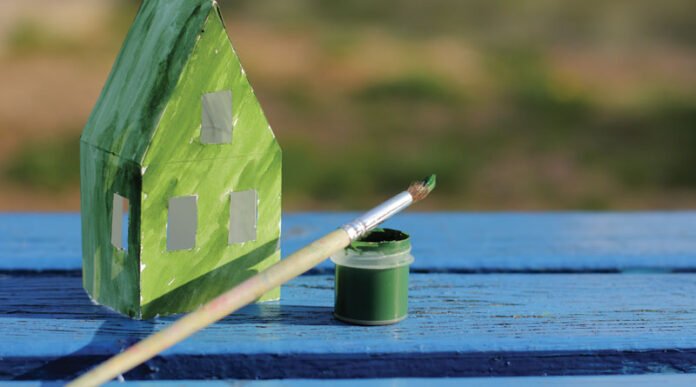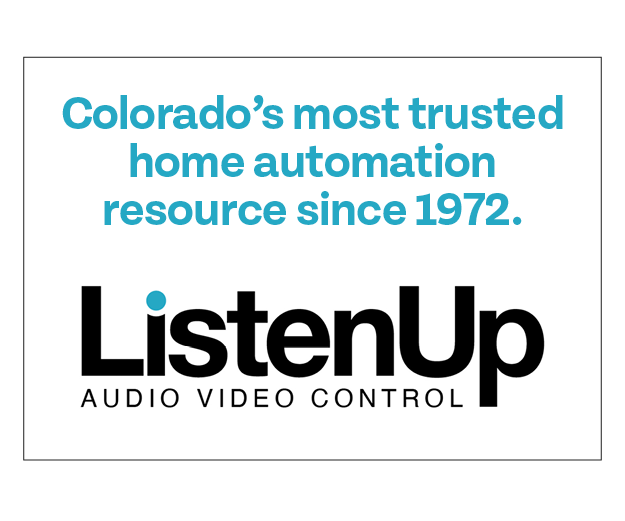It’s a myth that sustainability in a home is a luxury for only those who can afford it. In fact, for the one-third of the nation’s families that are considered low-income, the cost savings and efficiencies found in green homes could provide significant benefits.
According to the National Low Income Housing Coalition, in Colorado, 21% of renter households are extremely low income (ELI). The maximum income for a household of four living with an ELI is just over $25,000, while the annual household income needed to afford a two-bedroom home under HUD’s Fair Market Rent is more than $49,700.
This financial burden of renting or owning a home can be eased by efficient, green homes. Green homes deliver cost savings for families by lowering energy and water use. LEED homes in particular use 30% to 60% less energy on average, and are required to demonstrate a minimum 15% savings over energy codes and 20% water savings. Currently, there are more than 1.65 million residential units participating in LEED, and nearly 79,000 are considered affordable housing.
Policymakers also see the benefits for communities. According to a 2016 report examining green building criteria in low-income housing tax credit plans, more state housing finance agencies are deploying green building rating systems as tools to increase access to sustainable homes. The fact that individual states have a green building metric or third-party certification requirement incorporated into policies and allocation plans is a testament to the relevance of green building to the underlying mission of affordable housing.
RELATED: Designing an Affordable Net-zero Community
To better support a green housing market, in April, USGBC opened registration for LEED v4.1 Residential, offering builders and developers a simplified approach to achieving sustainable single-family and multifamily homes. The updated rating system prioritizes health and well-being, improved comfort, energy and water savings, and green and healthy materials.
Green building is good business
Developers have shifted their focus from minimizing costs at the onset of development to a more comprehensive cost valuation that includes operating expenses over the lifetime of the home.
Recent reports have also found that investment in green homes can have a resale value between 3% and 8% higher. According to industry research, builders are committed to building green homes, and activity is expected to grow through 2022. Based on this, we know that not only are green homes good for people’s bottom line, but it’s a market that’s continuing to expand.









